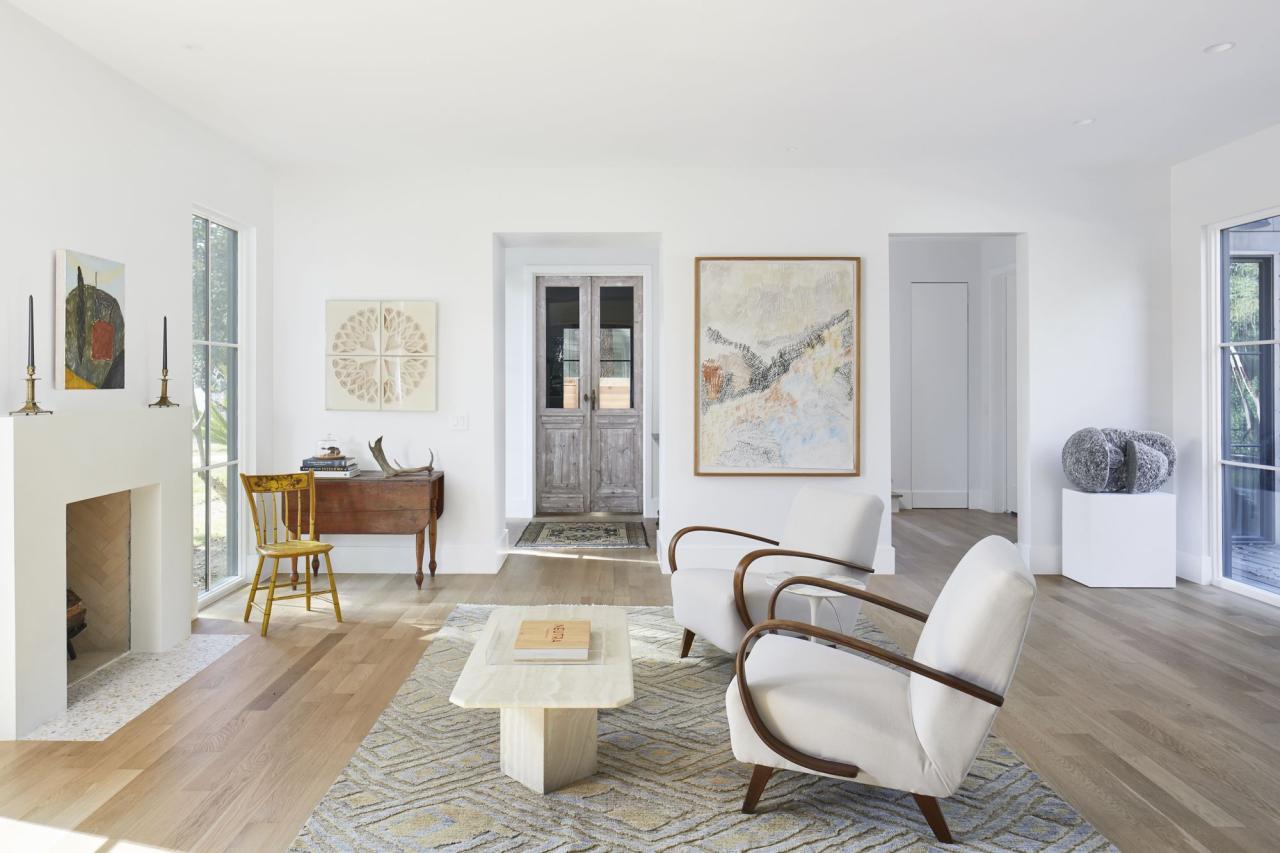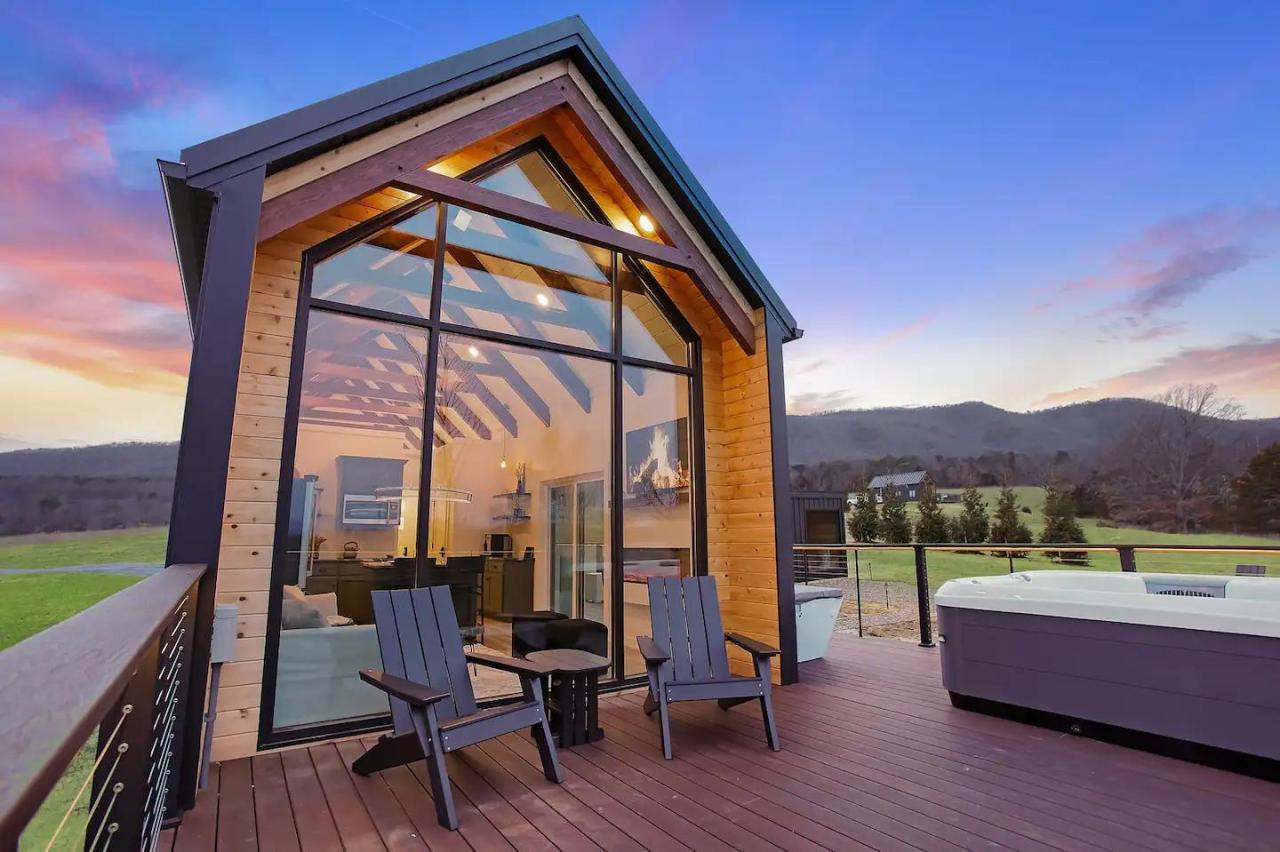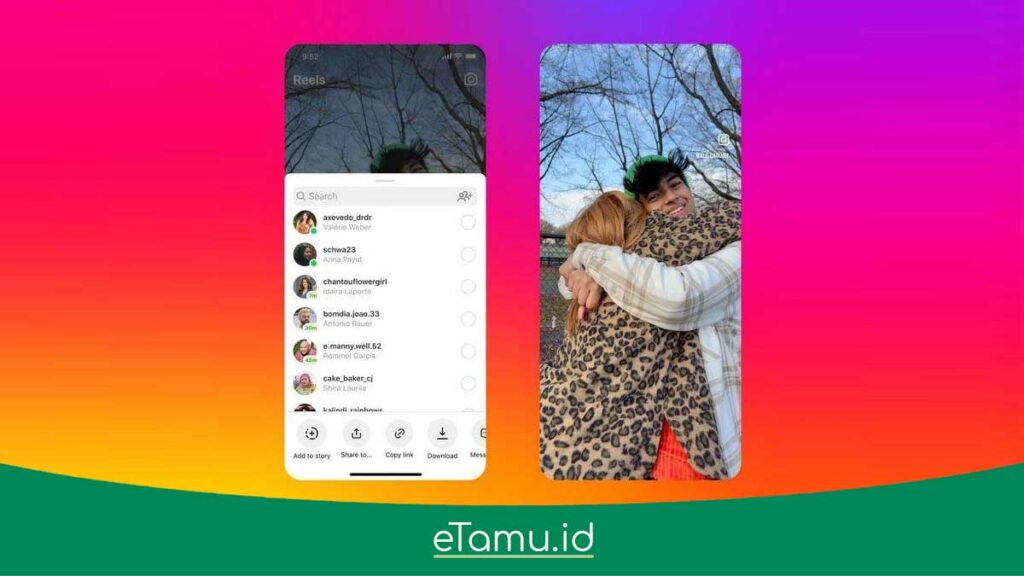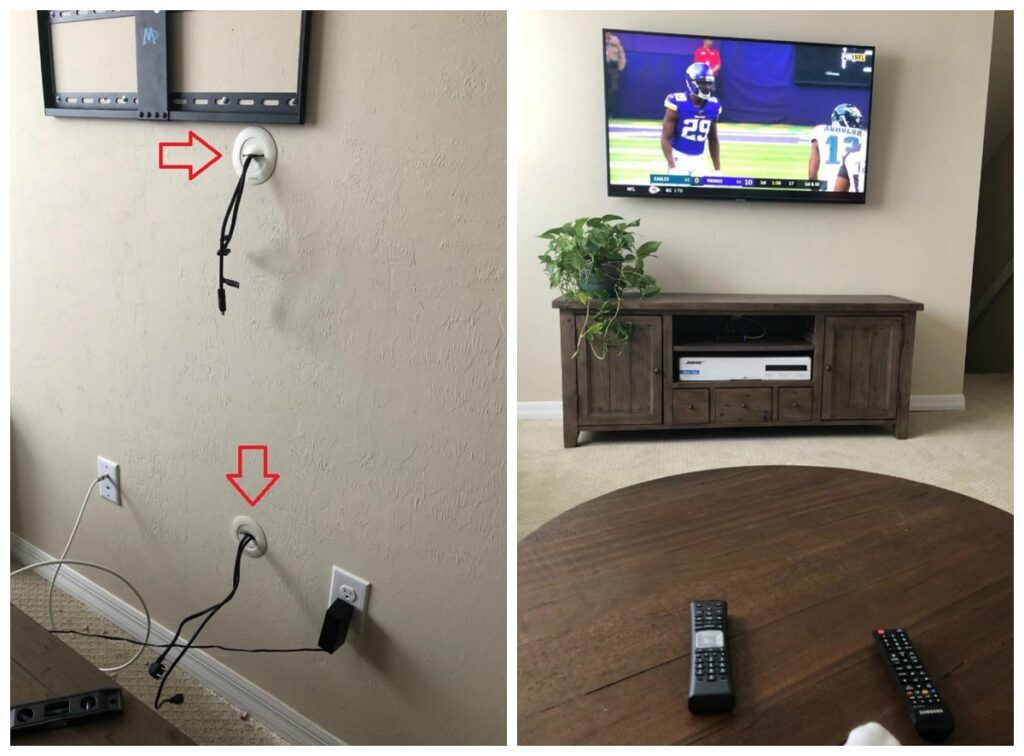Choosing the right color temperature for outdoor home lighting dramatically impacts the ambiance and functionality of your home’s exterior. The seemingly small detail of Kelvin (K) rating – a measure of color temperature – profoundly affects the mood, highlighting architectural features, and even the perceived color of plants and other elements. Understanding the differences between warm, neutral, and cool white light is key to creating a welcoming and visually appealing outdoor space.
This guide explores the nuances of color temperature selection, helping you illuminate your home’s exterior effectively and beautifully.
From the warm glow of a cozy patio to the crisp illumination of a walkway, the appropriate color temperature can transform your outdoor environment. We’ll examine how factors like landscaping, fixture type, and desired atmosphere influence your choices, offering practical advice and illustrative examples to guide your decision-making process. Learn how to blend multiple color temperatures harmoniously, minimize light pollution, and ensure a safe and energy-efficient outdoor lighting scheme.
Understanding Color Temperature
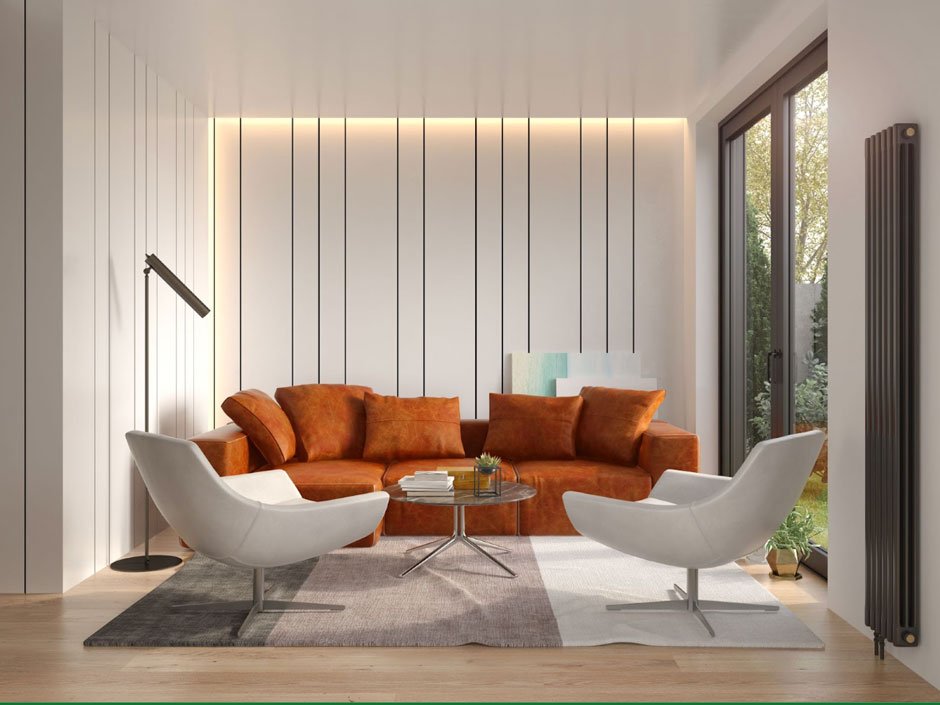
Source: flyatn.com
Choosing the right color temperature for your outdoor lighting is crucial for creating the desired ambiance. Understanding the Kelvin (K) scale and its relationship to light color is the first step in achieving this. Different color temperatures evoke different moods and are suitable for various applications.
The Kelvin Scale and Color Appearance
The Kelvin (K) scale is a measurement of color temperature, representing the color of light emitted by a theoretical black body heated to a certain temperature. A lower Kelvin value indicates a warmer color, while a higher value indicates a cooler color. For example, a candle flame, at approximately 1900K, emits a warm, yellowish light, whereas the sun at midday, around 5500K, emits a bright, bluish-white light.
This scale allows us to precisely define and compare the color characteristics of different light sources.
Warm White, Neutral White, and Cool White Light
These terms describe the perceived color of light at different points on the Kelvin scale. Warm white light evokes a cozy and inviting atmosphere, often associated with relaxation and comfort. Neutral white light provides a balanced and versatile illumination, suitable for a range of applications. Cool white light, on the other hand, appears brighter and more energetic, often used to create a modern and vibrant feel.
The distinctions are subtle yet impactful on the overall mood.
Color Temperature and Outdoor Ambiance
Different color temperatures dramatically impact the mood and ambiance of an outdoor space. Warm white light (2700K-3000K), for instance, can create a welcoming and intimate atmosphere on a patio, reminiscent of candlelight. It’s ideal for relaxing evenings spent outdoors. Neutral white light (3500K-4100K) offers a more balanced illumination, suitable for pathways and driveways, ensuring both visibility and a pleasant aesthetic.
Cool white light (5000K and above) can provide a modern and energetic feel, often used in security lighting to create a sense of alertness and safety, although it can feel less inviting than warmer tones. Consider the function of the space and the desired atmosphere when choosing a color temperature.
Comparison of Warm, Neutral, and Cool White Light
| Color Temperature (Kelvin) | Perceived Color | Suitable Applications |
|---|---|---|
| 2700K – 3000K | Warm White (Yellowish) | Patios, decks, porches, creating a cozy atmosphere |
| 3500K – 4100K | Neutral White (Slightly Yellowish White) | Pathways, driveways, general outdoor lighting, balanced illumination |
| 5000K and above | Cool White (Bluish White) | Security lighting, highlighting architectural features, modern aesthetic |
Factors Influencing Color Temperature Choice
Selecting the appropriate color temperature for your outdoor lighting is crucial for achieving the desired ambiance and functionality. Several factors interact to determine the best choice, impacting both the aesthetic appeal and the practical effectiveness of your lighting scheme. Careful consideration of these factors will ensure a harmonious and well-illuminated outdoor space.The surrounding environment significantly influences color temperature selection.
Different architectural styles and landscaping features benefit from different color temperatures.
Environmental Impact on Color Temperature
The architectural style of your home plays a key role. A modern, minimalist home might look striking with cooler, crisper light, while a traditional home might be better suited to the warmer, more inviting glow of a lower color temperature. Similarly, landscaping significantly impacts the overall effect. A lush, green garden can be enhanced by warmer light, which accentuates the natural tones, while a more minimalist, rock-based landscape might be better complemented by cooler tones that create a sharper contrast.
Consider the colors already present in your outdoor space – warm-toned brickwork might clash with cool-toned lighting, leading to an unbalanced aesthetic.
Fixture Type and Color Temperature
Different lighting fixtures are often best suited to specific color temperatures. For instance, spotlights highlighting architectural features or trees might benefit from a cooler color temperature (around 5000K) to create a crisp, defined look. Path lights, on the other hand, are often more welcoming and safer with a warmer color temperature (around 2700K-3000K) to create a more inviting and less harsh path.
Floodlights used for security purposes may benefit from a cooler light for better visibility, although warmer options can be more visually comfortable. The intensity of the light also plays a role; higher intensity lights often benefit from slightly cooler temperatures to avoid appearing overly harsh.
Drawbacks of Inappropriate Color Temperature
Using an inappropriate color temperature can lead to several undesirable outcomes. Cool white light in a cozy patio setting can feel sterile and uninviting, detracting from the relaxing atmosphere. Conversely, warm white light used to illuminate a security area might reduce visibility and compromise safety. An improperly chosen color temperature can also clash with the existing colors in your home’s exterior, creating a visually jarring effect that diminishes the overall aesthetic appeal of your property.
In some cases, overly warm light can create a yellowish or orange hue that may appear unnatural and unappealing.
Scenario: Cool vs. Warm White Light in a Patio Setting
Imagine a cozy patio area furnished with wicker furniture and warm-toned cushions. Using cool white (e.g., 5000K) lighting would create a stark, almost clinical feel, making the space seem less inviting and comfortable. The cool light would clash with the warm tones of the furniture and create a visually discordant atmosphere. In contrast, using warm white (e.g., 2700K) lighting would enhance the cozy ambiance.
The warm light would complement the existing colors, creating a welcoming and relaxing space ideal for socializing or relaxation. The warm glow would make the area feel more intimate and inviting.
Selecting the perfect color temperature for your outdoor lighting significantly impacts ambiance and security. For instance, warmer tones create a welcoming feel, while cooler tones enhance visibility. Finding the right balance is key, much like choosing a secure live streaming app; consider using apps like those reviewed on this site, aplikasi live streaming yang aman dan terhindar dari akun palsu , to avoid fake accounts and ensure a safe online experience.
Ultimately, the best outdoor lighting color temperature depends on your specific needs and desired aesthetic.
Creating a Harmonious Outdoor Lighting Scheme
Achieving a balanced and aesthetically pleasing outdoor lighting design hinges on a thoughtful approach to color temperature selection and integration. Understanding how different color temperatures interact and complement architectural features and landscaping is crucial for creating a truly harmonious outdoor space. This section explores strategies for successfully implementing multiple color temperatures and achieving a cohesive lighting scheme.
Integrating Multiple Color Temperatures
The use of multiple color temperatures in a single outdoor space can add depth and visual interest, provided it’s done strategically. A common approach involves using warmer color temperatures (2700K-3000K) for areas intended for relaxation and socializing, such as patios and seating areas. These warmer tones create a cozy and inviting atmosphere. Cooler color temperatures (4000K-5000K), on the other hand, are often better suited for pathways and security lighting, providing better visibility and a sense of safety.
Selecting the optimal color temperature for your outdoor lighting significantly impacts ambiance and security. For instance, warmer tones create a welcoming atmosphere, while cooler tones enhance visibility. This careful consideration is similar to choosing the right platform for online success; consider using a user-friendly and easily monetized live streaming app like those reviewed at aplikasi live streaming yang ramah pengguna dan mudah dimonetisasi to reach a wider audience.
Ultimately, the right lighting, just like the right app, can greatly enhance your overall experience.
The contrast between these temperatures can highlight different areas of the landscape, creating a dynamic and engaging visual experience. However, abrupt transitions between drastically different color temperatures should be avoided; subtle shifts are key to maintaining harmony. For instance, a gradual shift from warm light near a patio to a slightly cooler light along the pathway leading to it would be more aesthetically pleasing than a sharp change.
Integrating Outdoor Lighting with Architectural Features and Landscaping
Successful outdoor lighting design involves seamlessly integrating lighting with existing architectural features and landscaping. Warm-toned lighting can accentuate the textures and details of stonework or brick facades, creating a welcoming ambiance. Cooler tones, by contrast, can highlight architectural lines and create a more modern aesthetic. When considering landscaping, uplighting trees with warmer tones can create a dramatic effect, while path lighting with cooler tones can define walkways and highlight garden features.
The goal is to use lighting to enhance, not overpower, the natural beauty of the landscape and the architectural style of the home. For example, highlighting the architectural details of a Victorian-style home with warm, amber lighting would complement the home’s style, while a modern, minimalist home might benefit from the clean lines emphasized by cooler, white light.
Step-by-Step Guide to Selecting Color Temperatures for Different Zones
A systematic approach to color temperature selection ensures a harmonious outcome.
- Identify Zones: Divide your outdoor space into distinct zones based on their function (e.g., pathways, patios, gardens, entrances).
- Determine the Mood: For each zone, decide on the desired mood or ambiance (e.g., relaxing, inviting, secure, functional).
- Select Color Temperature: Choose a color temperature that aligns with the desired mood for each zone. Warmer tones (2700K-3000K) for relaxation and ambiance, cooler tones (4000K-5000K) for visibility and security.
- Consider Fixture Type: Select lighting fixtures that complement the architectural style and landscaping, and appropriately distribute the light within each zone.
- Test and Adjust: Test the lighting scheme at different times of day and adjust color temperatures as needed to achieve the desired effect.
Creating Visual Interest and Depth with Varied Color Temperatures
Strategic use of color temperature variation can create a sense of depth and visual interest. By layering different color temperatures, you can draw the eye to specific focal points and create a more dynamic outdoor space. For example, using warmer light to highlight a water feature and cooler light to illuminate surrounding plants can create a visually compelling contrast.
Similarly, using a gradient of color temperatures along a pathway, starting with warmer light near the house and gradually transitioning to cooler light at the end, can create a sense of depth and movement. The key is to create a subtle and harmonious transition between different color temperatures to avoid a jarring or disjointed effect. Think of it as painting with light – using different shades and hues to create a captivating scene.
Selecting the appropriate color temperature for your outdoor lighting is crucial for both aesthetics and security. Just as understanding lighting nuances is key, so is knowing the platform rules; avoiding a ban while live streaming, as detailed in this helpful guide menghindari banned saat live streaming di platform tertentu , requires similar attention to detail. Proper outdoor lighting enhances curb appeal and safety, much like responsible streaming behavior ensures continued access to your audience.
Practical Considerations and Safety: Choosing The Right Color Temperature For Outdoor Home Lighting
Choosing the right color temperature for your outdoor lighting is crucial not only for aesthetics but also for energy efficiency, safety, and environmental impact. Careful consideration of practical factors will ensure a well-lit and secure exterior space that’s both attractive and sustainable.Energy efficiency and bulb lifespan are directly related to color temperature and bulb type. Generally, warmer color temperatures (2700K-3000K) tend to be slightly less energy-efficient than cooler temperatures (5000K-6500K), but the difference is often marginal compared to the significant impact of choosing energy-efficient bulb types like LEDs.
LEDs, regardless of color temperature, offer substantially longer lifespans and lower energy consumption compared to incandescent or halogen bulbs. For example, a 10-watt LED bulb emitting 800 lumens at 3000K will consume significantly less energy and last much longer than a 60-watt incandescent bulb producing a similar light output.
Energy Efficiency of Different Bulb Types and Color Temperatures
The energy efficiency of a light bulb is measured in lumens per watt (lpw). Higher lpw values indicate greater efficiency. LEDs consistently outperform incandescent and halogen bulbs in lpw, regardless of color temperature. While a slight variation in lpw might exist between different color temperatures within the same LED bulb type, the difference is usually negligible compared to the overall energy savings offered by LEDs over other technologies.
For instance, a high-quality LED bulb at 2700K might have an lpw of 100, while a similar bulb at 5000K might achieve 105 lpw. This small difference is overshadowed by the significantly higher lpw compared to incandescent bulbs (typically under 15 lpw).
Minimizing Light Pollution
Excessive outdoor lighting contributes to light pollution, affecting wildlife and disrupting natural sleep cycles. To minimize light pollution while maintaining adequate illumination, several strategies can be employed. Firstly, choose fixtures that direct light downwards, avoiding upward spillage. Secondly, select lower color temperatures (warmer whites, around 2700K-3000K) as they are less likely to scatter light widely. Thirdly, use motion sensors or timers to ensure lights are only on when needed.
For example, pathway lighting with downward-facing LED fixtures and motion sensors provides safe illumination only when activated, minimizing wasted energy and light pollution.
Selecting Durable and Weather-Resistant Lighting Fixtures
Outdoor lighting fixtures must withstand harsh weather conditions. Look for fixtures with high Ingress Protection (IP) ratings, indicating resistance to water and dust. An IP65 rating, for example, signifies protection against low-pressure water jets and dust ingress. Materials like high-quality aluminum, stainless steel, or weather-resistant plastics are ideal choices. Consider the finish; powder-coated finishes provide better protection against corrosion than painted finishes.
For example, a stainless steel fixture with an IP65 rating is far more durable and weather-resistant than a plastic fixture with a lower IP rating.
Outdoor Lighting Installation Safety Checklist
Before installation, carefully review all manufacturer instructions. Ensure the electrical wiring is properly grounded and protected from moisture. Use appropriate connectors and sealant to prevent water ingress. Install fixtures securely to withstand wind and other environmental factors. Regularly inspect fixtures for damage or loose connections.
Consider using low-voltage lighting systems for increased safety. For example, a checklist might include: Verify ground connection, use weatherproof connectors, check fixture stability, and schedule regular inspections. Following these steps ensures the longevity and safety of the outdoor lighting system.
Visual Representation of Color Temperature Effects
Understanding how different color temperatures visually impact your outdoor space is crucial for achieving the desired ambiance. The interplay of light and material texture significantly influences the overall aesthetic. Different color temperatures affect not only the perceived brightness but also the way colors within the environment are rendered.
Warm White Light’s Impact on Textures and Materials
Warm white light, typically ranging from 2700K to 3000K, casts a warm, inviting glow. On natural materials like wood, this warmth enhances the grain and texture, creating a cozy and inviting feel. The wood appears richer and more inviting, its natural tones amplified. Stone, under warm white light, retains its inherent texture, but the light softens harsh shadows, giving it a more welcoming appearance.
Plants benefit from the warmer tones, their greens appearing lush and vibrant, enhancing their natural beauty without appearing overly bright or artificial. The overall effect is one of comfort and relaxation.
Cool White Light’s Impact on Textures and Materials, Choosing the right color temperature for outdoor home lighting
Cool white light, typically above 4000K, projects a more modern and crisp aesthetic. While it can highlight details, it can also sometimes wash out the warmth of natural materials. Wood, for instance, might appear less inviting, its grain less pronounced. The texture of stone becomes more apparent, but the overall effect can feel less intimate. Plants illuminated by cool white light may appear slightly less vibrant, their colors perhaps appearing more washed-out compared to warmer light sources.
The overall impression is one of cleanliness and efficiency, but it may lack the welcoming charm of warmer lighting.
Color Perception Under Different Color Temperatures
The color temperature of your outdoor lighting significantly alters how other colors are perceived. Consider a red flower. Under warm white light (around 2700K), the red will appear rich and deep, perhaps leaning slightly towards orange. As you increase the color temperature towards cool white (above 4000K), the same red flower might appear cooler, perhaps with a slightly bluish tint.
The flower’s inherent color remains, but the overall perception changes drastically depending on the surrounding light. This effect applies to all colors in your outdoor environment; blues may appear more intense under cool white, while yellows may seem more muted. This illustrates the importance of carefully considering the color temperature to achieve the desired effect on your landscape’s color palette.
Last Point
Ultimately, selecting the right color temperature for your outdoor lighting is about creating a cohesive and inviting atmosphere that reflects your personal style and enhances your home’s curb appeal. By carefully considering the factors discussed – from the surrounding environment and fixture type to energy efficiency and safety – you can transform your outdoor space into a stunning and functional extension of your home.
Remember, the goal is to create a balanced and aesthetically pleasing lighting scheme that not only illuminates but also enhances the beauty of your outdoor surroundings. Experiment with different color temperatures in various areas to discover what best suits your needs and preferences.
Answers to Common Questions
What are the potential safety concerns related to outdoor lighting?
Ensure fixtures are properly grounded and weatherproof to prevent electrical hazards. Avoid placing lights where they could cause glare for drivers or pedestrians. Use low-voltage systems where appropriate to minimize risk.
How often should I replace my outdoor light bulbs?
Bulb lifespan varies depending on type and usage. LEDs generally last much longer than incandescent or halogen bulbs. Regularly inspect bulbs for damage and replace as needed to maintain optimal performance and safety.
Can I mix different color temperatures in my outdoor lighting?
Yes, but careful planning is crucial. Consider using warmer tones in cozy areas (patios, porches) and cooler tones for pathways or security lighting. Ensure a smooth transition between different color temperatures to avoid jarring contrasts.
How can I reduce light pollution from my outdoor lighting?
Use shielded fixtures that direct light downward, avoiding upward spill. Opt for lower wattage bulbs and consider using motion sensors to minimize unnecessary illumination. Choose warm white light, which tends to produce less light pollution than cool white.
- Minimalist Glass Design A Deep Dive - June 2, 2025
- Rainwater Harvesting House A Sustainable Home - May 6, 2025
- Natural Ventilation HouseA Sustainable Choice - May 6, 2025

